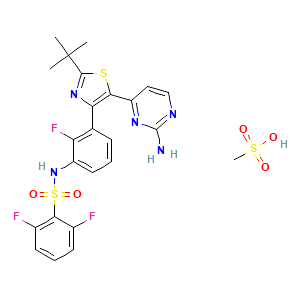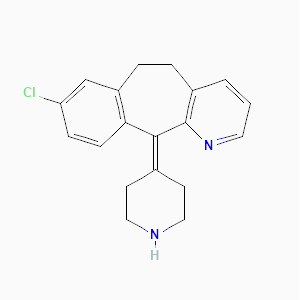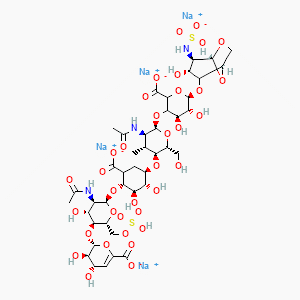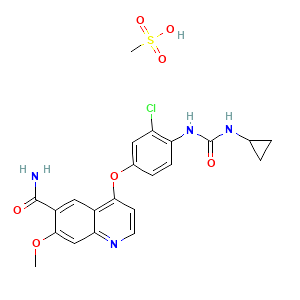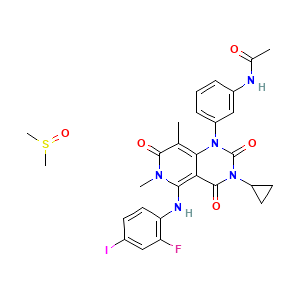Mechanism Of Action:
Dabrafenib is recognized as a competitive and highly selective inhibitor of BRAF. Its mechanism of action involves binding to the ATP pocket of BRAF. While dabrafenib has the ability to inhibit wild-type BRAF, it exhibits a notably stronger affinity towards mutant variants of BRAF such as BRAF V600E, BRAF V600K, and BRAF V600D
Indication:
Melanoma
in combination with trametinib, is employed as an adjuvant therapy subsequent to the complete resection of melanoma that involves nodal involvement and carries either the BRAF V600E or V600K mutation.
NSCLC
in conjunction with trametinib, is prescribed for the management of metastatic non-small cell lung cancer (NSCLC) in patients presenting the BRAF V600E mutation. This specific utilization has been granted orphan drug
Anaplastic Thyroid Cancer
Dabrafenib, when combined with trametinib, is employed as a therapeutic approach for locally advanced or metastatic anaplastic thyroid cancer in patients with the BRAF V600E mutation, especially in cases where satisfactory locoregional treatment options are not viable. The FDA has recognized and designated this particular drug combination as an orphan drug for the treatment of anaplastic thyroid cancer with the BRAF V600E mutation.

